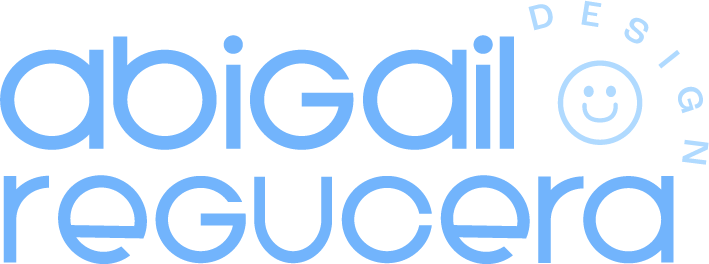Decoding Brand Design Strategy
Design has the power to not just appeal, but to also solve problems.
This tipping point effect can be kickstarted with a strategy.
It’s imperative to have a strategy session with your client.
Conceptualising a logo or website is easy, but the key question it should answer is ‘What is that design element going to do for your client’s business? Will it just be something for the clients’ customers to look at or be impressed by?’ The outcome should answer this question, with a clear-cut purpose that is directed at the business goal.
The design concept has to be steered by a distinct strategy. It should work towards clearing an obstacle, or minimizing a challenge. And this is something your client may not realise themselves. They think they’re hiring a designer to create just a website, but if you implement a design with strategy, you can create a website that crosses a gap in their marketing or reach that they may not even have known was there in the first place!
Your design isn’t just going to be an element that customers view, it’s going to be a solution to a problem the business had before your design was created, maybe it will solve a disconnect from the audience, blending in with the competition, or vagueness in the overall messaging.
If the client asks for a visual element purely for cosmetic purposes and allows you free reign of everything, the design can fall short of finding its purpose.The job at hand may be a walk in the park that stops with an invoice, but in turn the end result may not add value to their business goals. If the client understands how involved you are in constructing a strategy tailored to their business needs, they will be more than happy to meet your demands with regard to your pricing or additional costs.They may even contribute to your growth by referring you to their peers and friends.
However, I understand that not all clients recognise the relationship between design and business, so it can be tricky solving a problem that the client can’t even identify at first.
That’s why strategy sessions are crucial.
For a strategy session to be effective, you need to step out of the shoes of being a designer, and play the role of moderator or examiner. Here are some pointers to help you optimize the best out of a strategy session with your client:
The Onliness Statement
In his book about brand strategy titled Zag, Marty Neumier devised the Onliness Statement. This statement is simple yet powerful enough to establish the uniqueness of your client’s company. It holds the sole who, what, why, where, how and when of the business.
The company is the only ___________________ (who)
That _______________________ (what)
For ______________________ (for whom)
In _______________________ (where / which geographic region)
Who Want _________________ (why)
In an era of ____________________ (when)
For example, when I use the onliness statement for my company, this is what it reads:
The company is the only design service provider
That creates human-centred design
For small businesses
In Canada, USA and beyond
Who want personalised design services
In an era of DIY design templates.
Filling in the blanks of this sentence can eliminate any other variables about the business goals, and settle on one true intention. If the client has found it already, the onliness statement helps them find their niche and establish what makes them stand out. Once you have cracked this uniqueness code, you have a framework for your ideas to align to while staying true to the brand.
Ask the Hard Questions
A strategy session has to lay bare all the faults and failings of the client’s business plan. It can be difficult for the client to open up about parts of their business that needs more attention or work. Assure them that you’re partnering with them to help, and not judge or evaluate. Get the following questions answered:
- What are the gaps in the current branding strategy and how can the design fix that?
- What value will the design bring to the product / business?
- Will the design help achieve the business’ long term goals? If not, what does it achieve now that paves the way for those long-term goals?
Have Fun!
As imposing as the words ‘strategy session’ may seem, don’t forget to have fun.
This is also your opportunity for your client and you to see each other as people, and not entrepreneurs. It allows you to build a working relationship, and maybe just maybe make a friend. So be authentic, be goofy, be you, and run wild with the ideas.

